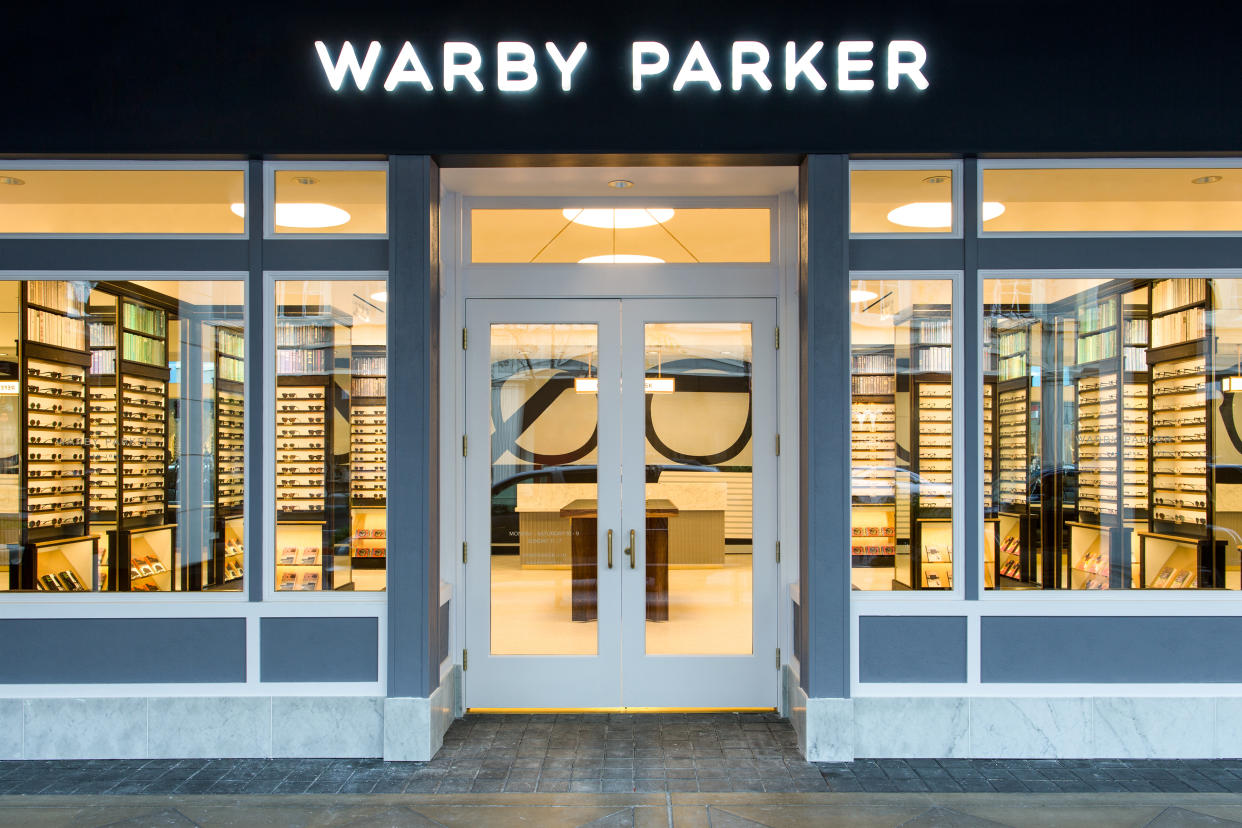What Traditional Retailers Can Learn From the ‘Click-to-Brick’ Movement

Data from Coresight Research tallied store closures of more than 8,000 in 2017. In 2018, there were more than 5,500 units that shuttered. And at current levels, store closures this year will exceed last year’s numbers.
Yet, according to a report from David Bassuk and Joel Bines, global coleaders of the retail practice at AlixPartners LLP, digitally native brands have opened hundreds of physical stores — with more on the way. Direct-to-consumer brands that have announced additional store openings include Amazon, Casper, Adore Me, Indochino, Untuckit and Warby Parker as well as Allbirds, Outdoor Voices, Rent the Runway, Ministry of Supply and The Tie Bar, among others.
Related stories
Think Tank: In the Customer Experience Era, Behavior Matters More than Demographics
Zoovu Rolls Out Self-Service, AI-Powered Digital Assistant Product Suite
From High Touch Service to Beauty Brand
“The ‘click-to-brick’ wave, as it is being called, is sweeping up not just well-established digital brands such as Warby Parker, Casper and even Amazon, but also relatively newer entrants like Brandless that are trying the concept on for size through temporary pop-up stores,” Bassuk and Bines noted in their report. “Casper only opened its first physical outlet, stocked with its popular mattresses and also pillows and bed linen, in early 2018, but already has plans to expand to 200 physical locations within the next three years.”
Related retail story: Retailing Today Demands Connections to Shoppers — and Relevancy
Casper operates a handful of physical stores in the New York Metro area, in the Midwest, a few Southern locations and in California and Washington. It also has a store in the Mall of America in Bloomington, Minn. Industry analysts have noted in the past year that traditional retailers have made investments in omnichannel technologies while selectively shuttering underperforming units and remodeling prime locations. For Bassuk and Bines, physical retail is very much alive.
“So, if the recipe for legacy retailers is to close stores, why is the opposite true for digital natives? Simply put, it is because the much-discussed retail apocalypse is a retail revolution instead,” they said in their report. “And this is because the store is not dead; it simply must be reimagined as the hub of a customer-centric model.”
Bassuk said many digital native retailers are taking the “long-held idea that nothing beats the touch-and-feel experience that a physical location provides to newer limits.” He noted Casper, which allows shoppers to schedule “undisturbed naps on its mattresses in tiny in-store bedrooms” while ath-leisure brand Outdoor Voices “organizes sessions with nutritionists and exercise classes, creating engaging experiences that perfectly overlap with the interests of their core user group.”
And Nordstrom Local “does not stock inventory at all. Instead, customers come to pick up or return orders placed online and get wardrobe consultations from specialists for the retailer’s subscription box service, Trunk Club, among several services on offer,” Bassuk said.
AlixPartners offered some tips for legacy retailers looking to reimagine themselves in the current market. “Don’t overcomplicate data digital natives seek out, understand and use customer feedback for strategic decision-making, and there are indeed many data points available from store visits,” the firm said. “Beyond transactional, traffic and market data, direct product feedback and customer sentiment can be gathered by store associates. Retailers must invest in training store staff to improve the customer experience and empower them to send feedback up the corporate hierarchy in an organized way to influence product, marketing, and store operations strategy.”
Sign up for WWD's Newsletter. For the latest news, follow us on Twitter, Facebook, and Instagram.

